Spoliarium || Philippine National Museum #blog1
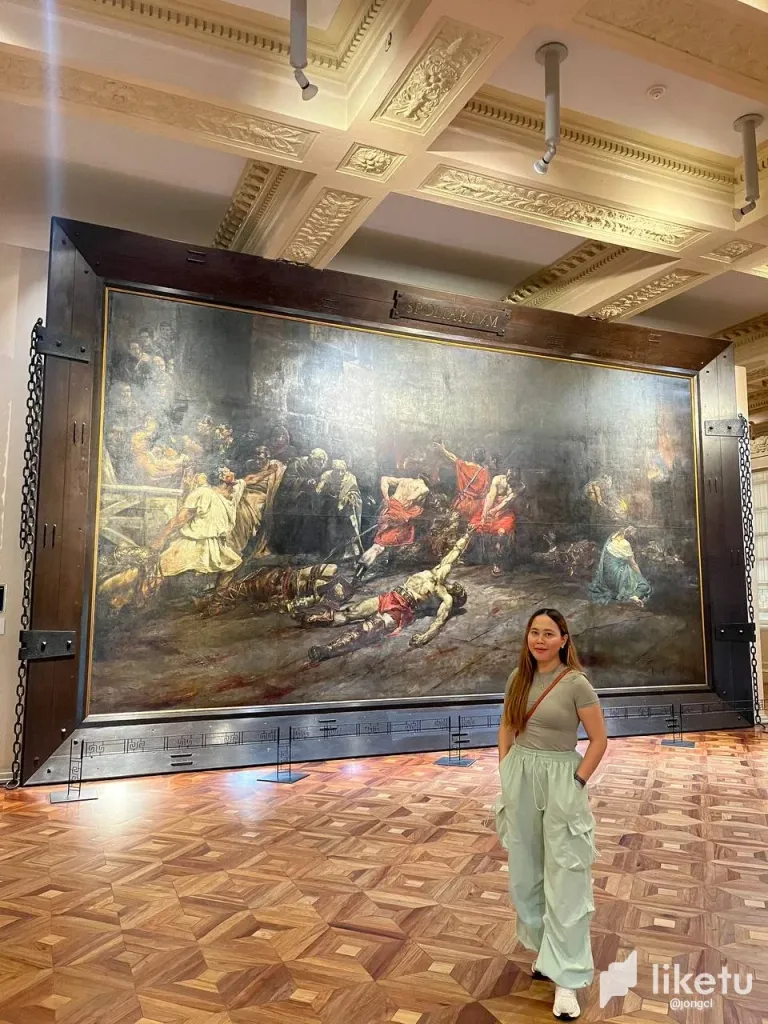
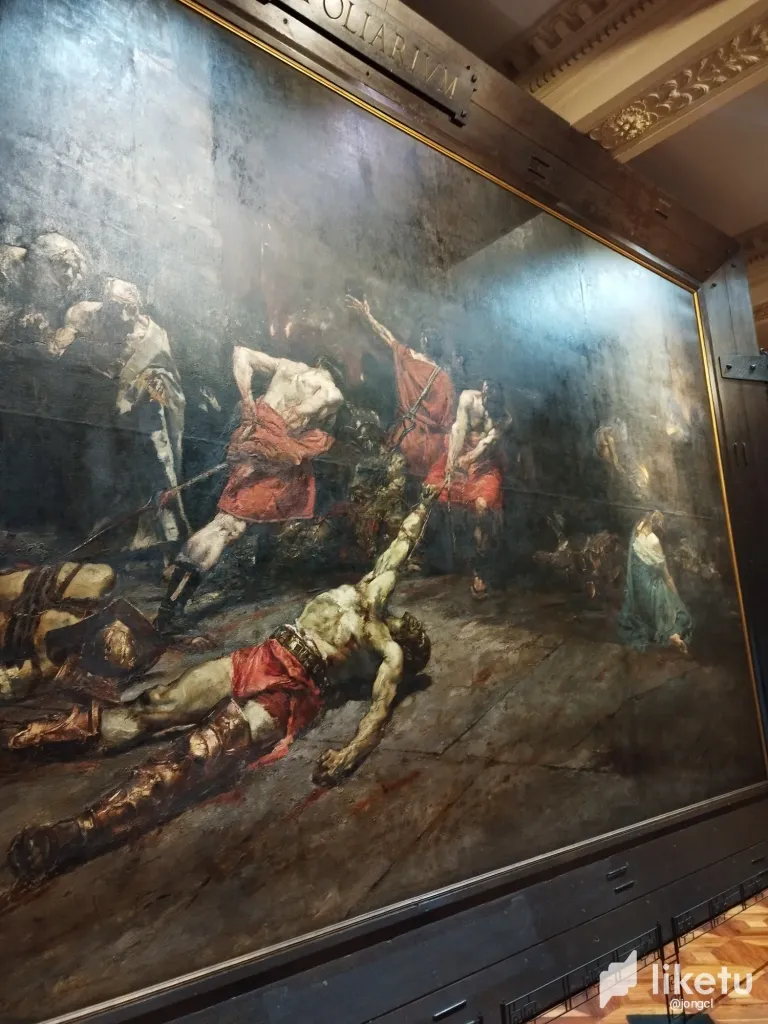
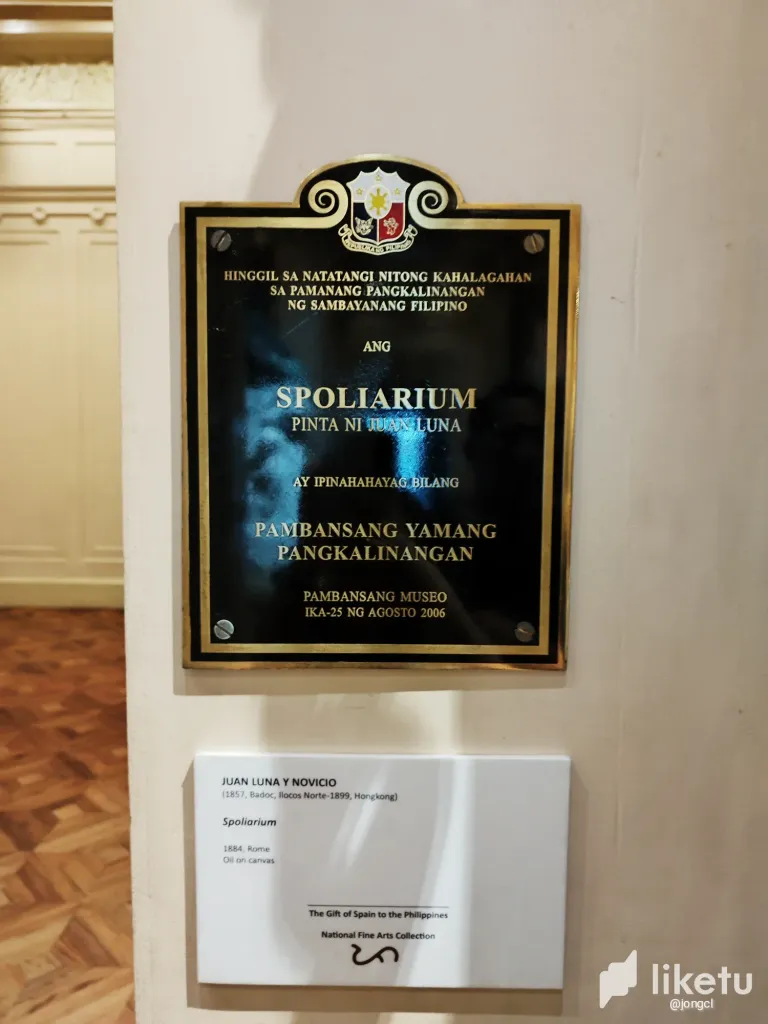
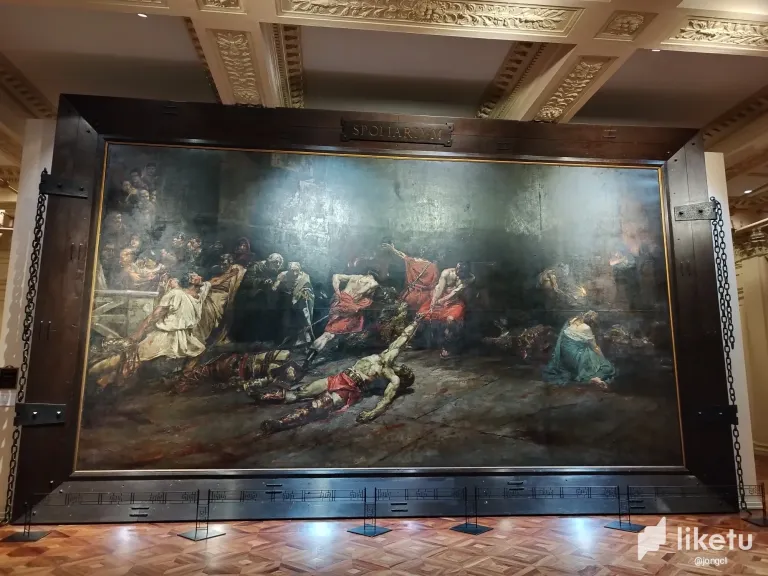



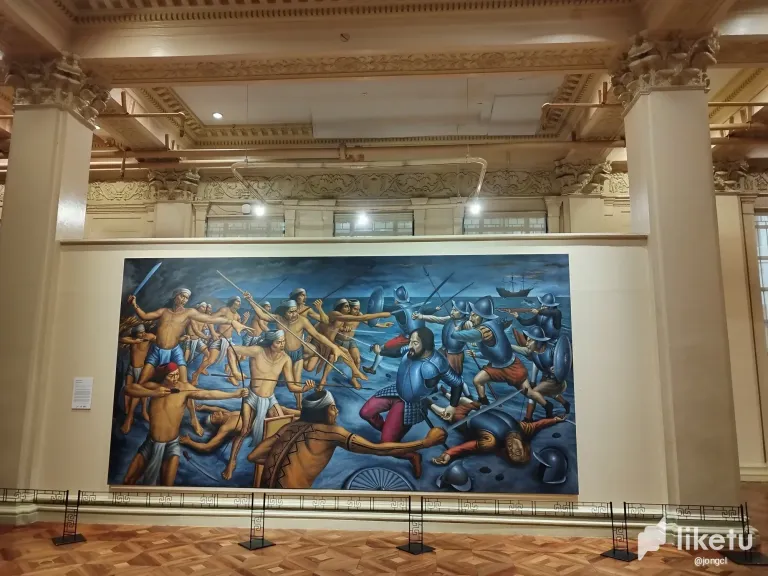
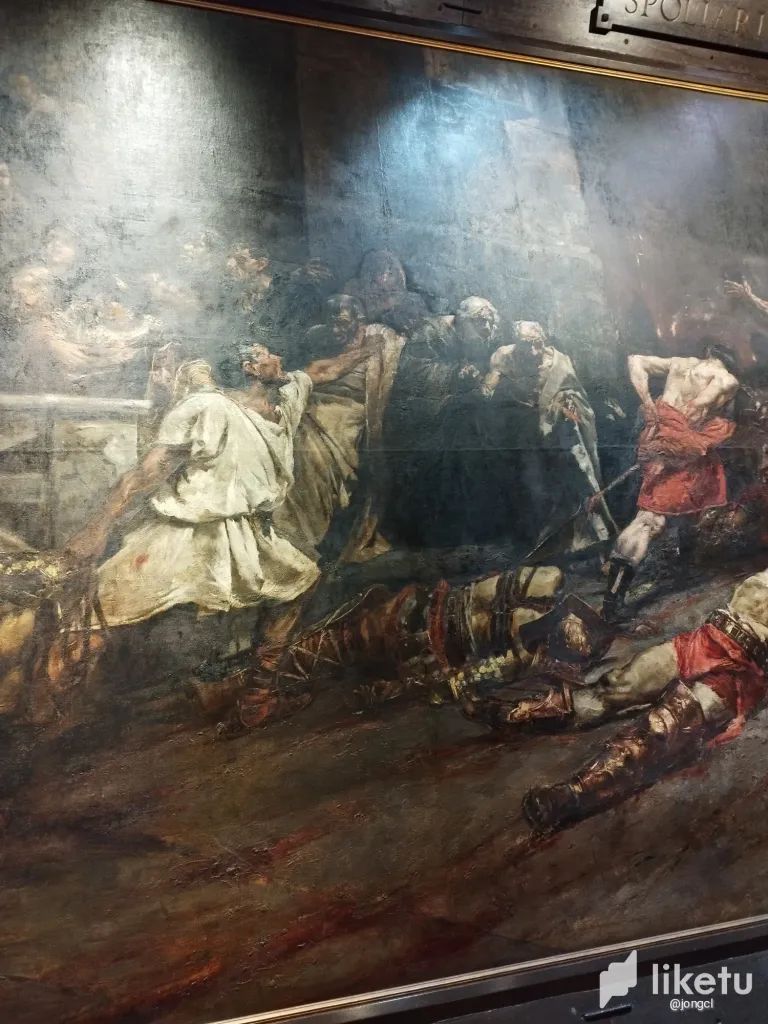
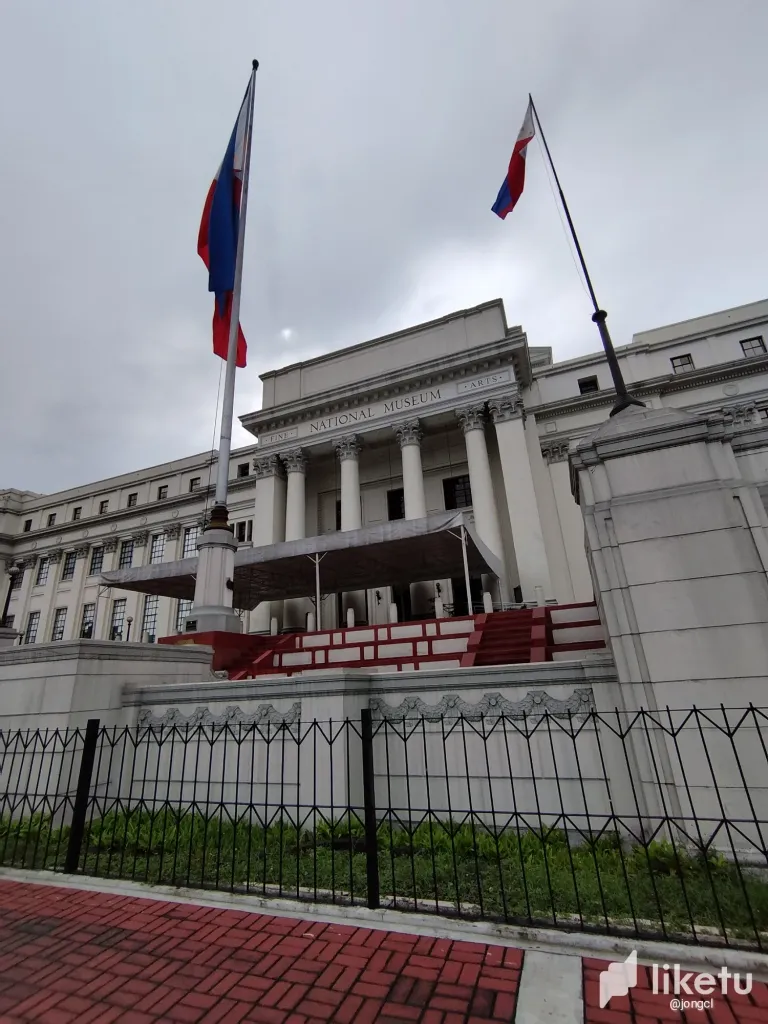
Gooooood daaayyy, Hive friends!💓💓💓 How are we all doing? If you ask me, I'm not so fine myself, as I currently have sore throat and icky colds. But, life still goes on, and I have to work, so there's that. I'm looking forward to the weekend of rest🧘♀️ Anyway, this post is long overdue (I REPEAT: LONG OVERDUE) as this was when I visited MNL last June. (Don't go side-eyeing me. I know! So sorry for the late update!)
My friends and I had the privilege to visit the National Museum of the Philippines during our short Manila trip! It was the Philippine Independence Day that's why the museum was open for everyone who would want to visit. And yep - we did not miss the opportunity, of course!
As you enter the museum, you would be greeted by these huge paintings! The highlight, is of course, the Spoliarium which is dubbed as one of our country's art treasure!
Here are known facts of this painting as per the world wide web:
The Spoliarium (often misspelled Spolarium) is a painting by Filipino painter Juan Luna. Luna, working on canvas, spent eight months completing the painting which depicts dying gladiators. The painting was submitted by Luna to the Exposición Nacional de Bellas Artes in 1884 in Madrid, where it garnered the first gold medal (out of three). The picture recreates a despoiling scene in a Roman circus where dead gladiators are stripped of weapons and garments. Together with other works of the Spanish Academy, the Spoliarium was on exhibit in Rome in April 1884.
In 1886, the painting was sold to the provincial government of Barcelona for 20,000 pesetas. It currently hangs in the main gallery at the first floor of the National Museum of Fine Arts in Manila, and is the first work of art that greets visitors upon entry into the museum. The National Museum considers it the largest painting in the Philippines with dimensions of 4.22 meters x 7.675 meters.
Filipino historian Ambeth Ocampo writes, "...the fact remains that when Luna and Félix Resurrección Hidalgo won the top awards in the Madrid Exposition of 1884, they proved to the world that indios could, despite their supposed barbarian race, paint better than the Spaniards who colonized them.
Return to the Philippines
In 1885, the painting was bought (while still in Paris) by the provincial government of Barcelona for 20,000 pesetas, after being exhibited in Rome, Madrid, and Paris. It was transferred to the Museo del Arte Moderno in Barcelona in 1887, where it was in storage until the museum was burned and looted during the Spanish Civil War in 1937. Under orders of Generalissimo Francisco Franco, the damaged painting was sent to Madrid for restoration, where it stayed for 18 years. The calls for the painting's transfer to Manila by Filipinos and sympathetic Spaniards in the 1950s led to Gen. Franco's orders to finish the painting's restoration and eventual donation to the Philippines. After the restoration work was done in late 1957, the painting was then turned over to Philippine ambassador to Spain Manuel Nieto Sr. in January 1958, and later sent to the Philippines as a gift from the government of Spain.
The Spoliarium was broken up into three pieces, with each piece going into its own shipping crate, because of its size. The painting was mounted on a wooden frame at the then Department of Foreign Affairs building (current-day Department of Justice building as of June 2020) on Padre Faura Street. Artist Antonio Dumlao was chosen by Carlos da Silva, as head of the Juan Luna Centennial Commission, to perform relining and cleaning of the painting. The mounting, framing, and architectural work was done by Carlos da Silva. A newly restored Spoliarium was then unveiled in the Hall of Flags of the Department of Foreign Affairs in December 1962.
The painting was cleaned by Suzano "Jun" Gonzalez in 1982. In 2005, another restoration was made by Art Restoration and Conservations Specialists Inc., headed by painter June Poticar Dalisay. As of the present day, the painting is housed in the National Museum of Fine Arts.
-end-
These photos are just the ^tip of the iceberg, friends! I took so many photos (as allowable of course) during this visit and I plan on posting them on the blog! That way - it's like you have visited the National Museum yourself.
So stay tuned for more blogs of this series. For now, I'll take a rest to recuperate. I'll see you very soon on my next blog update, Hivers! Take care and cheers! 💕
For the best experience view this post on Liketu
thanks you for sharing the beautiful art at the Philippines Art museum. It is great!
You're welcome! It's my pleasure to share these beautiful art pieces with you all☺️
Thanks for sharing those pictures of art of the Spoliarium! Seems a nice place to visit! :D
#freecompliments
You're welcome!
Yes it is a great place to visit - you will know more about the Philippines by visiting this museum. 🤗☺️🩷
I hope someday I'll be able to visit the Philippines! Not that close to Belgium though 😅
I see 😅😅 whenever there's a chance in the future hope you can check our National Museum ☺️🤗